Robotic TIG welding provides quality-control advantages, including automated, repeatable, uniform, consistent welds, with increased productivity.
You’ve probably heard the fable of the tortoise and the hare. The turtle was slow and steady, whereas the hare would go fast and stop for breaks.
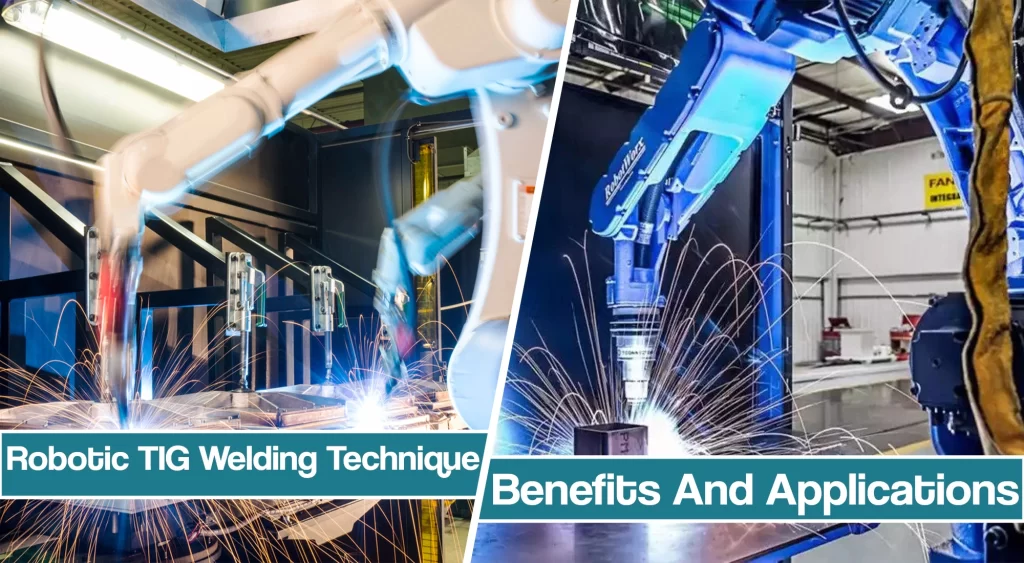
Many live by the saying, “slow and steady wins the race.” The gas tungsten arc welding (GTAW) process is a slow and precise business.
Most often, the weld quality and not the production time is the operator’s primary concern when deciding to use GTAW. Skilled tungsten inert gas (TIG) welders earn some of the industry’s highest wages due to the precision and skill this manual technique demands.
However, as manufacturing continues to be challenged by a shortage of skilled welders, and companies look to increase productivity without compromising quality, they have turned to automated solutions more frequently in recent years.
“Robotic” and “TIG welding” provide the analogy to the hare and the tortoise, and today’s technology combines the best features of the two processes. It also has contributed to several significant breakthroughs. Here’s a look at those, as well as the pertinent factors your company should examine when considering robotic TIG welding.
Benefits of the TIG Welding Process
The primary benefit of the TIG process is that it is capable of producing high-quality welds in almost all metals and alloys.
While carbon steel, stainless steel, and aluminum applications are commonplace, examples of some of the more exotic materials include titanium, zirconium, columbium, tantalum, and austenitic nickel-chromium-based superalloys.
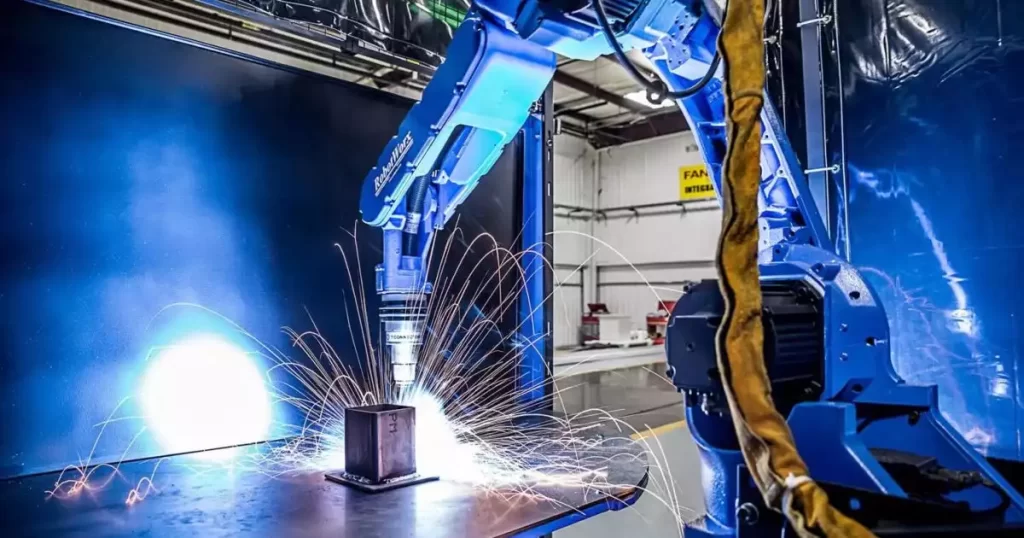
These materials are used in a wide range of industries, including aerospace, military, motorsports, nuclear, pipe, power generation, nuclear, as well as maintenance and repair.
The common thread among these industries is that they frequently use a thin gauge, high-performance materials that exhibit some combination of superior mechanical properties, electrical properties, and thermal properties, all of which require consistency, exact penetration, and repeatable control of many factors, including travel speeds, gas coverage, temperature control, and precise heat control to avoid shrinkage and distortion.
The TIG process produces a narrow Heat Affected Zone (HAZ), which in turn, reduces solidification stress, cracking, and distortion in the finished weld. The traditional ‘stacked-dime’ cosmetic appearance of a TIG weld conveys a sense of visual quality to the process.
TIG Welding Procedure Qualification and Certification
The American Welding Society (AWS) and The American Society of Mechanical Engineers (ASME) both provide widely accepted international standards for TIG procedure qualification, and are explicitly written to many materials.
TIG welding to a specific code requires a Welding Procedure Specification (WPS), a formal document describing welding procedures to assure repeatability by properly trained welders.
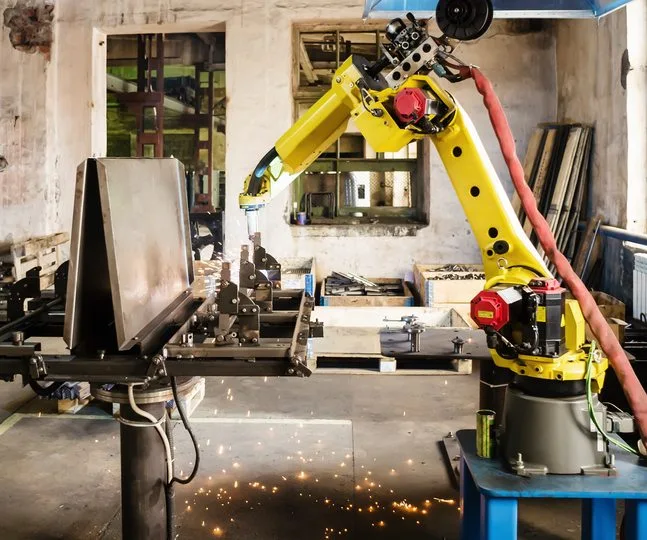
A Procedure Qualification Record (PQR) is a record of welding variables used to produce an acceptable test weldment and the results of tests conducted on the weldment to qualify for a Welding Procedure Specification.
Once procedures are established for a welding process and joint design, they must be strictly followed in subsequent production welding. This requirement encourages the combination of TIG welding and automation for repeatability, traceability, and the ability to establish limits and restrict the adjustment of any variable to stay within qualified procedures.
Benefits of Automated Robotic TIG Welding
Robotic TIG provides several quality control advantages, including automated, repeatable, uniform, consistent welds, with increased productivity – especially when considering the speed of torch repositioning between welds.
Using a robotic arm provides repeatable access to welds that might be difficult to reach or require torch rotation that would be impossible by the human counterpart.
The key benefits of robotic TIG welding include:
- Repeatable, precise heat control and exact penetration to meet challenging quality standards.
- On-the-fly procedure adjustment, for automatic switching of procedures between thick and thin applications.
- Torch movement and automated control of the welding variables such as preflow, starting amperage, upslope time, welding amperage, pulse frequency, downslope, crater-fill, and post flow. Arc length can be automatically maintained with Automatic Voltage Control (AVC), and bead width, penetration, and surface appearance can be tightly controlled.
- Improved welding productivity by a minimum of 100% and as much as 300% in some cases.
- Reduced operator training time, reduced inspection costs, and improved weld quality. Ability to save multiple weld schedules and several hundred welding programs for easy retrieval.
Robotic GTAW Applications
Robotic TIG welding is already used in a wide range of successful applications, including:
Thin plate material: filament end rounding of sharp corners, fusing basing of coil ends, joining corner edges of thin materials, and pipe welding involving exotic materials;
Thick plate and overlay applications: heavy wall aluminum, overlay, and hard surfacing and narrow groove, thick wall sections; Instrument diaphragms and other delicate expansion bellows.
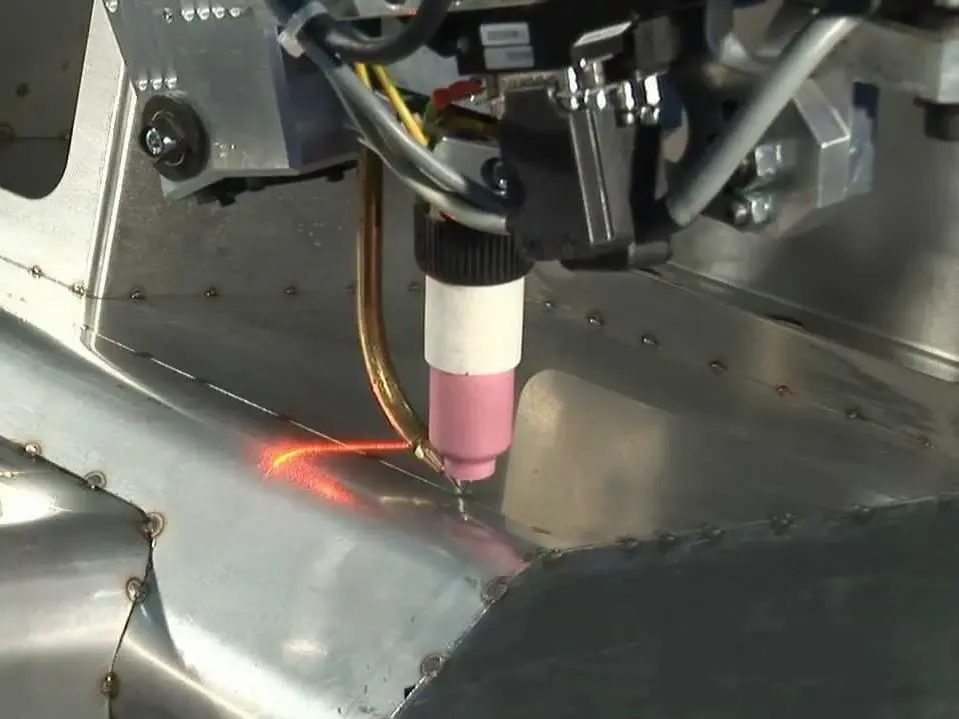
Stainless steel, titanium, 4130 Cr-MO, Inconel, aluminum, and special alloy steels are commonly used in these applications. The robotic TIG process provides advantages for each of these materials.
For example, aluminum is traditionally more difficult to weld because it tends to expand quickly and conduct heat well. Robotic TIG helps control heat input and ensures a robust and reliable weld. Using a TIG welding process to weld aluminum has always produced the best results.
Titanium has a wide continuous service temperature range and the highest strength-to-weight ratio of any metal. However, titanium has a high melting point and isn’t very resistant to corrosion during the welding process. Robotic TIG welding titanium can provide precise, repeatable procedures to reduce the risk of contamination.
Stainless has a high chromium content, which can quickly become overheated when TIG welded by hand. Robotic TIG welding can be introduced to qualify procedures to ensure that an undesirable dark color, negatively affecting the appearance, does not occur.
For heat-resistant alloys, such as nickel, used in aerospace and nuclear, it’s more challenging to achieve 100-percent penetration by hand. Robotic TIG welding ensures amperage to travel speed to control a precise penetration profile.
Robotic TIG Welding Systems
The advancement of robotic welding technology has spurred the development of sophisticated yet cost-effective, vision systems that have substantially improved quality-control, assisting with joint location tracking and error-proofing.
During procedure qualification, the operator calibrates the camera and teaches the weld path on an ideal part. This reference image is stored in the robot’s memory.
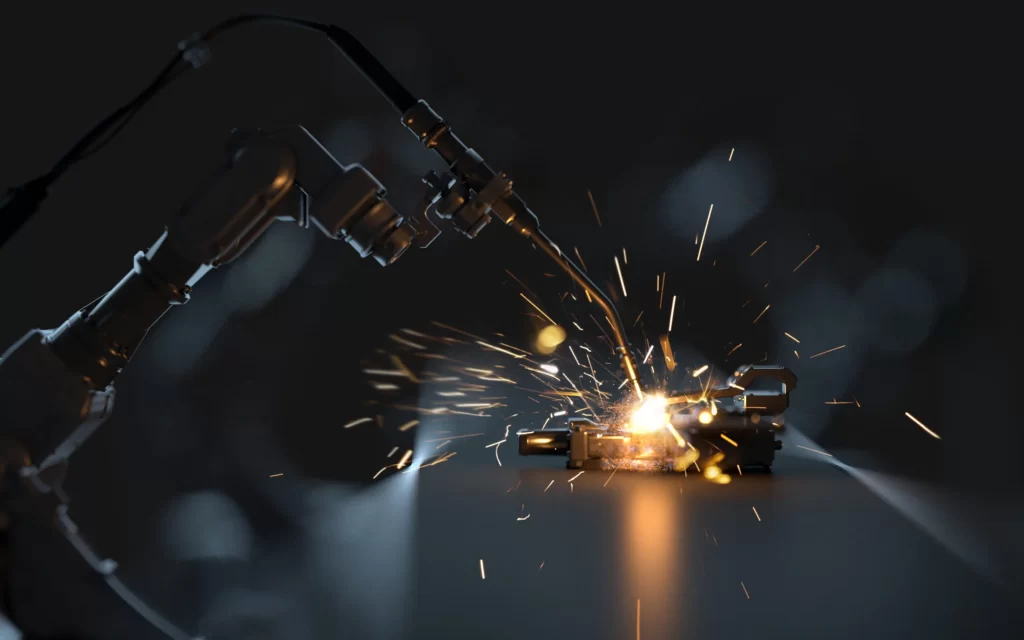
On each part thereafter, the camera takes a picture before an arc is established, and the robot performs a pattern match between the reference image and the new image. The robot then calculates any offsets and adjusts the entire weld path accordingly.
This technological advancement is particularly suitable for thin materials where arc placement is critical.
TIG welding waveforms have been created to produce a pulsed TIG output for faster travel speeds and others that include higher amperage peaks that result in a more forceful welding arc for anodized applications.
TIG welding thick to thin materials has not always been easy for an automated system. The introduction of Micro-Start technology allows for a low-amperage starting (2 amps) on thin materials that automatically transitions to high amperage for thicker materials. New digital communication technology on a robotic system can automatically adjust procedures based on the torch location as it weaves from thick materials (high amperage) to thin materials (low amperage) for automated, consistent penetration control.
Torch design has evolved dramatically. Smaller profile torches and improvement in the design of the gas diffusers and lenses which smooth out the shielding gas flow and allow for greater tungsten stick out, can provide better access to tight joint configurations.
Should You Get a Robotic TIG System For Fabrication?
There are some questions to ask when considering a move to robotic TIG welding. These include:
- Is TIG welding an integral part of your manufacturing process? Are you looking to improve productivity and implement high levels of repeatable quality welding mild steel, stainless steel, aluminum, copper, titanium, or other exotic alloys?
- Are you experiencing quality problems or competitive cost pressures from your customers? Do you have difficulty hiring qualified TIG welders? Is your turnover of trained TIG welders excessive? Are your labor costs increasing?
- Do you have stringent quality requirements that could be improved by automating your welding operations? Do you need improved process control for travel speed, heat input, and gas coverage that an automated solution might provide?
- Are you talking to a robotic TIG welding integrator knowledgeable in the welding process and can provide ongoing future support for the robot system as your needs change?
The best way to determine if your company can benefit from robotic TIG welding is to ask a manufacturer to review your prints or apply a robot to your own parts for a no-charge productivity improvement analysis.
Application engineers analyze your current welding processes and procedures and then propose improvements to provide the best return on investment and increase productivity and quality control for your shop floor.






